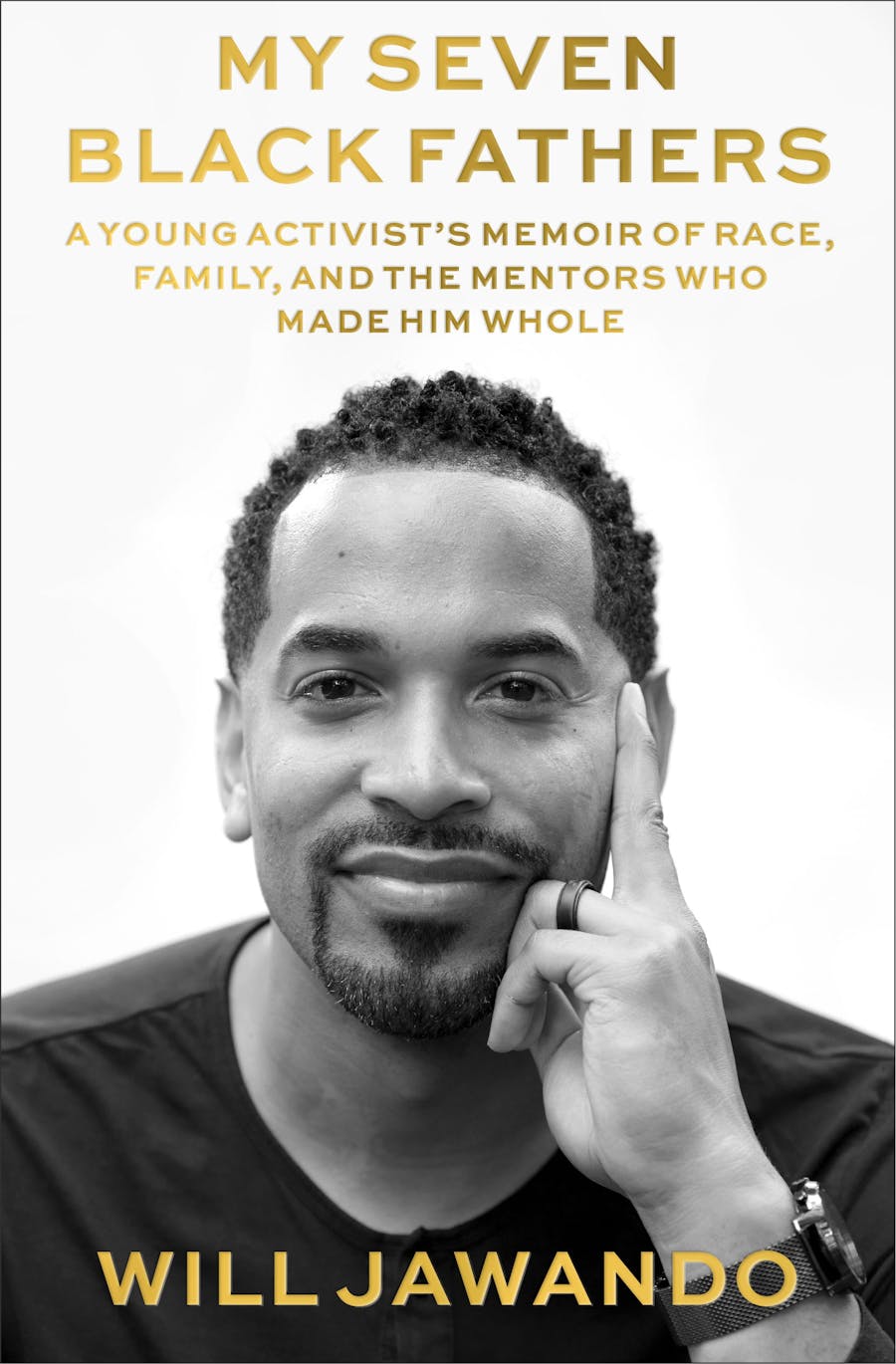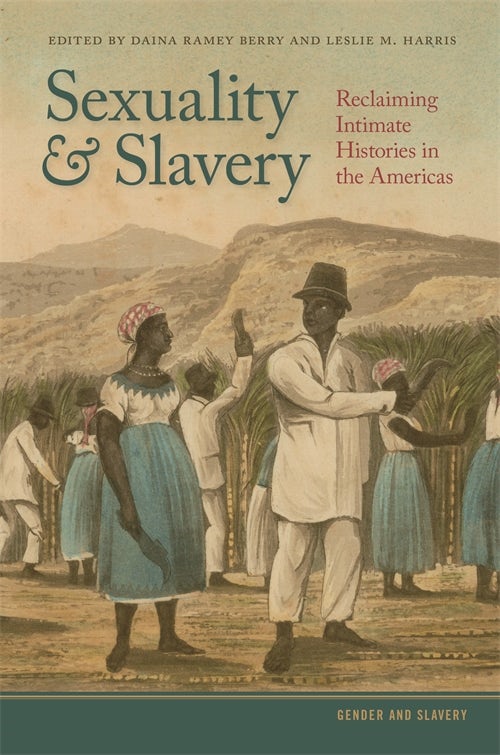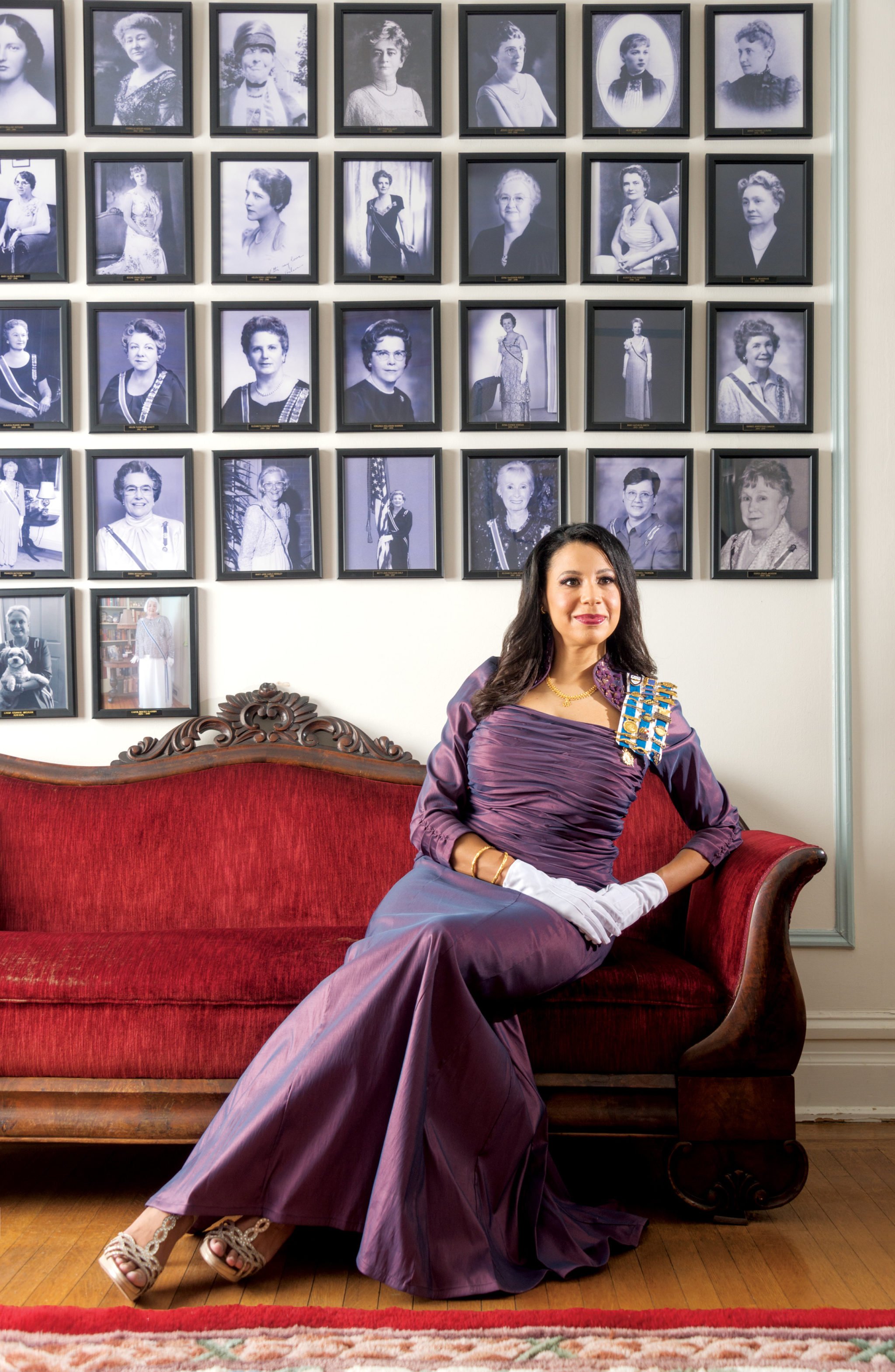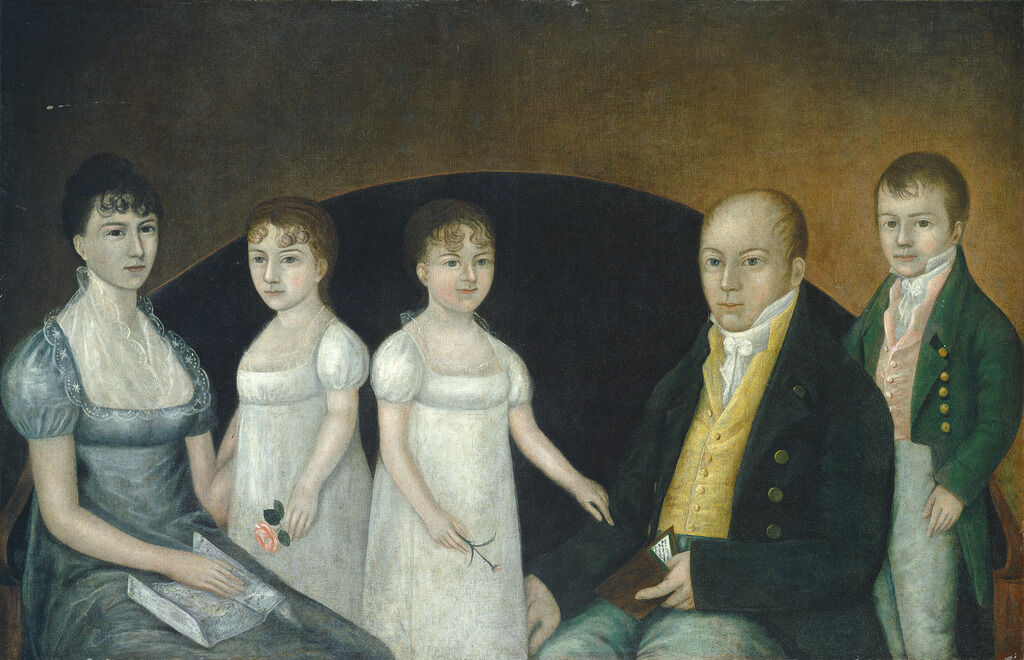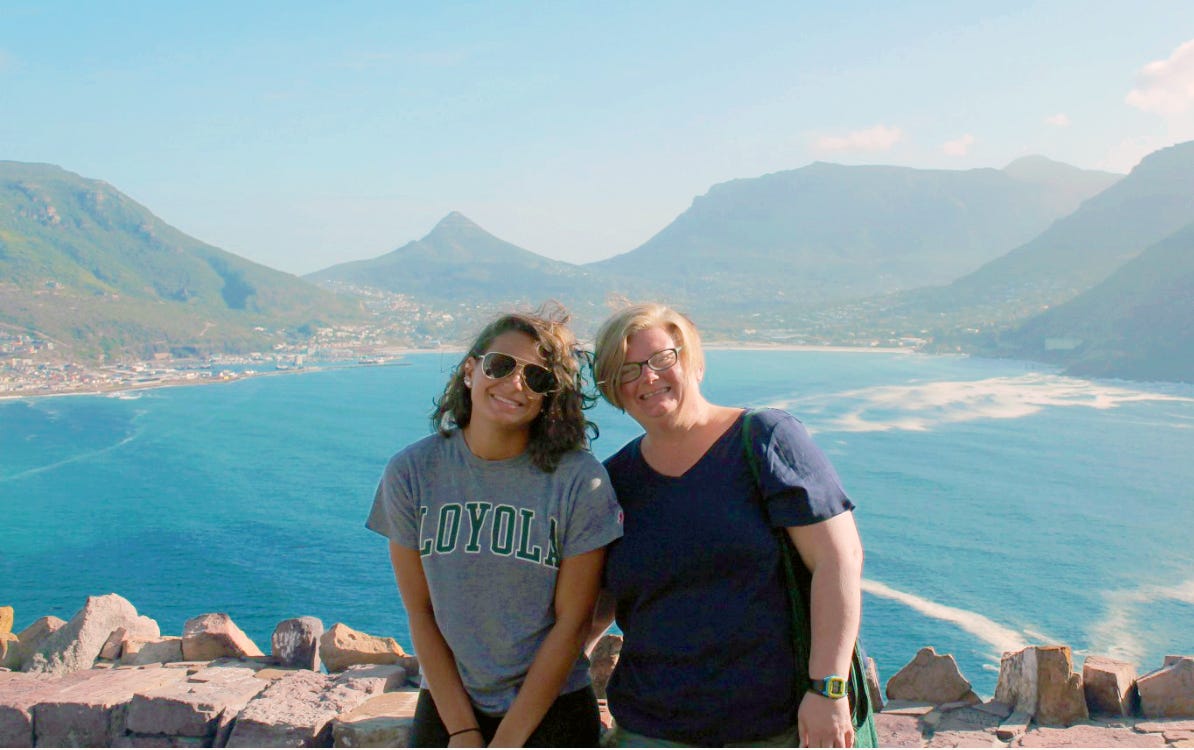My Seven Black Fathers: A Young Activist’s Memoir of Race, Family, and the Mentors Who Made Him WholePosted in Autobiography, Books, Media Archive, Monographs, United States on 2022-05-05 02:00Z by Steven |
Farrar, Straus and Giroux (an imprint of Macmillan Publishers)
2022-05-03
240 pages
Hardcover ISBN: 9780374604875
Audio ISBN: 9781250856319
Digital Audio ISBN: 9781250856326
e-Book ISBN: 9780374604882
Will Jawando, Councilmember
Montgomery County, Maryland
Will Jawando tells a deeply affirmative story of hope and respect for men of color at a time when Black men are routinely stigmatized. As a boy growing up outside DC, Will, who went by his Nigerian name, Yemi, was shunted from school to school, never quite fitting in. He was a Black kid with a divorced white mother, a frayed relationship with his biological father, and teachers who scolded him for being disruptive in class and on the playground. Eventually, he became close to Kalfani, a kid he looked up to on the basketball court. Years after he got the call telling him that Kalfani was dead, another sickening casualty of gun violence, Will looks back on the relationships with an extraordinary series of mentors that enabled him to thrive.
Among them were Mr. Williams, the rare Black male grade school teacher, who found a way to bolster Will’s self-esteem when he discovered he was being bullied; Jay Fletcher, the openly gay colleague of his mother who got him off junk food and took him to his first play; Mr. Holmes, the high school coach and chorus director who saw him through a crushing disappointment; Deen Sanwoola, the businessman who helped him bridge the gap between his American upbringing and his Nigerian heritage, eventually leading to a dramatic reconciliation with his biological father; and President Barack Obama, who made Will his associate director of public engagement at the White House—and who invited him to play basketball on more than one occasion. Without the influence of these men, Will knows he would not be who he is today: a civil rights and education policy attorney, a civic leader, a husband, and a father.
Drawing on Will’s inspiring personal story and involvement in My Brother’s Keeper, President Obama’s national initiative to address persistent opportunity gaps facing boys and young men of color, My Seven Black Fathers offers a transformative way for Black men to shape the next generation.
